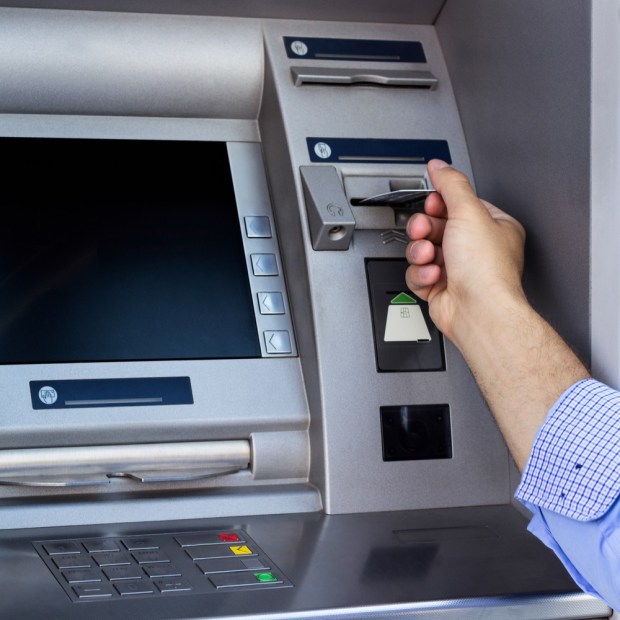Cardtronics Reports Q2 Growth Following End Of U.S. 7-Eleven Relationship

Cardtronics, the world’s largest owner of ATMs, reported strong signs of organic growth as the launch of several new agreements with U.S. and overseas banks followed the end of its long-standing relationship with 7-Eleven.
The company said same-store withdrawal transactions in the U.S. reached their highest quarterly levels in more than six years. Same-store withdrawals rose 8 percent in the U.S., and when adjusted for 7-11 volume retention, same-store withdrawals rose 4 percent.
“This growth represents new customers going to brick-and-mortar retailers that our network is driving,” Cardtronics CEO Ed West told analysts on a conference call.
He noted that the company’s pharmacy segment has double-digit year-over-year growth in the high teens, representing about 2.5 million additional ATM transactions in the quarter.
He said that half of the quarter’s 8 percent withdrawal growth was from customers staying within its Allpoint network and going to other retailers after the 7-Eleven relationship ended. Allpoint is Cardtronics’ surcharge-free ATM network, with 55,000 participating locations around the world.
West noted Cardtronics has several new ATM relationships, including Bank of the West, which will brand 140 ATMs at Walgreens stores in Denver and Sacramento, starting in September. Cardtronics also renewed and expanded a relationship with Parkland convenience stores in Canada, which will add 250 new sites.
Cardtronics signed to more than 28 new financial institutions, which will add a total of 225,000 cardholders to its surcharge-free ATM network.
He did say, however, that U.K. revenue was down, as Cardtronics has withdrawn more than 2,000 ATMs from service in anticipation of the move by LINK network to cut the interchange rate it pays for cash withdrawals. The company also converted 500 ATMs to pay-to-use from free-to-use and warned that it may convert a few thousand more ATMs over time, depending on conditions.
LINK, the main cash machine network in the U.K., announced in mid-January that it was cutting interchange rates by a total of 20 percent over a four-year period, however, after overall ATM transactions fell 6 percent, the LINK board said it would cancel a third reduction set for January 2020 and put a fourth reduction, set for January 2021, on hold. The first 5 percent reduction took place on July 1 and the second 5 percent reduction is set for January 2019.
Business in Germany, Spain and South Africa should just about offset the U.K. decline, West said. The South African ATM network has grown by 50 percent since it was acquired in early 2017, and is now at 3,300 machines.
Cardtronics’ revenue was down 12 percent in New Zealand and Australia, but it noted a new exclusive agreement for 600 7-Eleven ATMs in Australia.
It has also signed deals this year with retailer Shoprite and Mercantile Bank.
In 2015, 7-Eleven announced that it would not renew its Cardtronics relationship in the U.S. — the convenience store chain had worked with Cardtronics since 2007 for its ATM machines. Cardtronics, as part of its second-quarter earnings announcement, said that it began the transition to 7-Eleven’s new service provider during the third-quarter of 2017, and that the transition ended in February of this year, therefore 7-Eleven didn’t account for any of its revenue in the recent quarter.
Cardtronics reported adjusted earnings of $28.1 million, or 61 cents a share, compared with $35 million, or 76 cents a year, ago, after factoring in the loss of 7-Eleven in the U.S.. The company said overall revenue fell 12 percent in the quarter to $341 million, compared with $385.1 million in the year ago quarter. Excluding the removal of ATM’s at 7-Eleven locations in the U.S., revenue rose 3 percent.
The company said ATM operating revenue fell 12 percent to $329.2 million in the quarter, compared with $373.3 million in the year-ago quarter.
Cardtronics expects revenue for 2018 to range from $1.28 billion to $1.32 billion. Adjusted net income is expected to range between $79 million and $86 million, or between $1.70 and $1.85 per share. Net income is expected to come in at between $1.2 million to $5 million.
